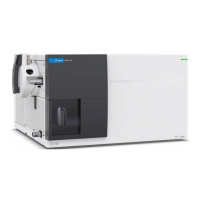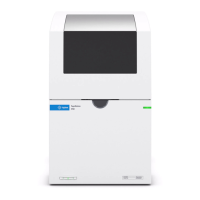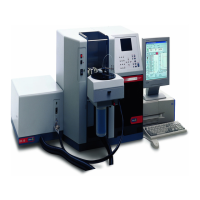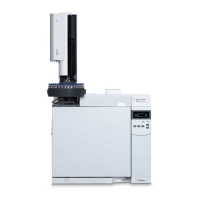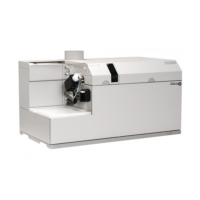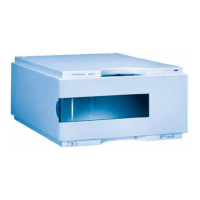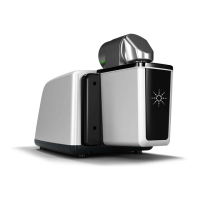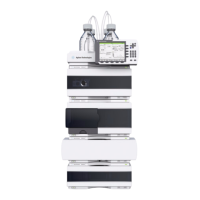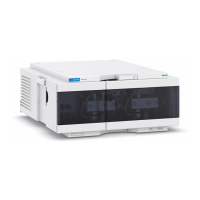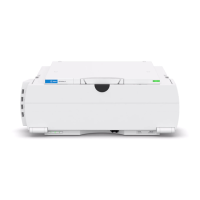DC Measurement Considerations
To achieve the greatest accuracy with the Agilent Truevolt Series multimeters, you must eliminate potential
measurement errors. This chapter describes common errors and suggests ways to avoid them.
Thermal EMF Errors
Thermoelectric voltages are the most common error source in low–level DC voltage measurements. Thermoelectric
voltages are generated by circuit connections using dissimilar metals at different temperatures. Each metal–to–metal
junction forms a thermocouple that generates a voltage proportional to the junction temperature, as shown in the
table below. You should minimize thermocouple voltages and temperature variations in low–level voltage
measurements. The best connections use copper–to–copper crimped connections, as the DMM’s input terminals are a
copper alloy.
Copper to: Approx. µV / °C
Cadmium-Tin Solder 0.2
Copper <0.3
Gold 0.5
Silver 0.5
Brass 3
Beryllium Copper 5
Aluminum 5
Tin-Lead Solder 5
Kovar or Alloy 42 40
Silicon 500
Copper Oxide 1000
Loading Errors (DC Voltage)
Measurement loading errors occur when the resistance of the DUT is an appreciable percentage of the multimeter's
input resistance, as shown below.
To reduce the effects of loading errors and to minimize noise pickup, set the multimeter's input resistance to >10 GΩ
(high-impedance) for the 100 mVDC, 1 VDC, and 10 VDC ranges. The input resistance is maintained at 10 MΩ for the
100 VDC and 1000 VDC ranges.
Agilent Truevolt Series DMM Operating and Service Guide 85
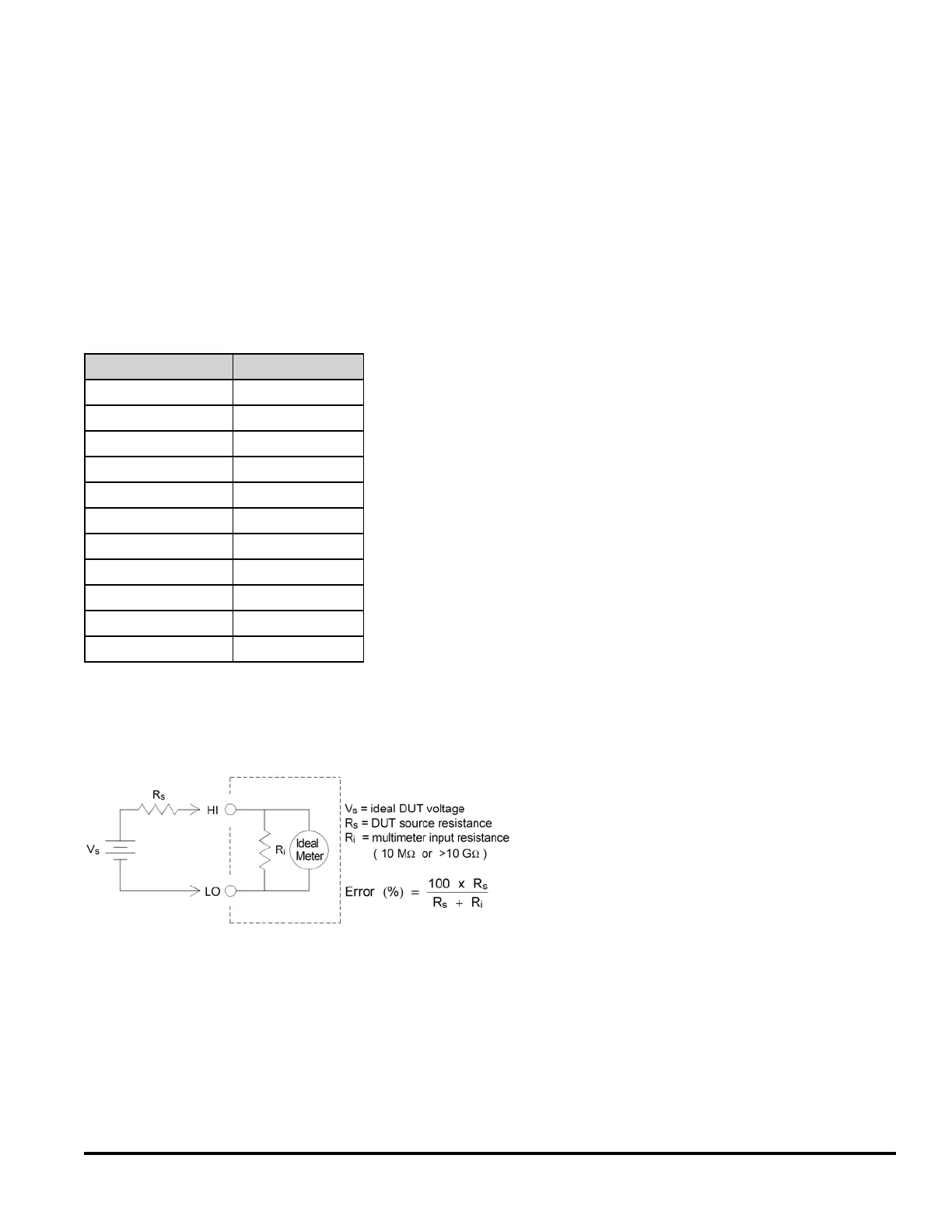